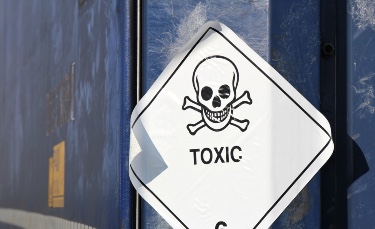
Although Congress outlawed the use of lead-based paint in homes and buildings in the
Nearly forty-nine years after its banning, lead poisoning has become an increasingly common and alarming crisis. Most recently, a Newark Legacy Charter School had to shut off
Lead is a naturally occurring metal commonly found in the earth’s crust, some of its most common uses pertain to paint, batteries, pipes, and pottery; to name a common few. Often times led can be found on glazes used in pottery, toys made abroad, and in certain working and living conditions.
According to 2014 statistics by the U.S Census Bureau, the average home in Union County was built in 1955. Since these homes were built prior to the outlawing of lead-based paint, they certainly increase the likelihood that a child will come into contact with lead of some sort.
Similarly, lead pipes and copper pipes soldered with lead can release particles into the water supply. Though children are more susceptible to exposure, lead poisoning is not limited to children as it can similarly affect adults.
Most lead poisoning in children results from eating chips of deteriorating lead-based paint. However, other sources can include contaminated air, water and soil. Lead poisoning affects the nervous system, blood, and kidneys.
The greatest risk is to brain development from which irreversible damage can occur. Similarly, the higher the level, the more severe the damage to the kidneys and the nervous system; the highest levels can lead to seizures and ultimately death.
Fortunately, New Jersey Administrative Code 8:51A requires the protection of children who are under the age of six from exposure by demanding lead screenings. Over the next ten years, New Jersey should spend about $1 billion to fix the hazards that have poisoned thousands of children.
If you or a loved one has suffered grave or permanent injury as a result of someone’s inadequate and negligent care, contacts us at O’Connor, Parsons, Lane & Noble.

